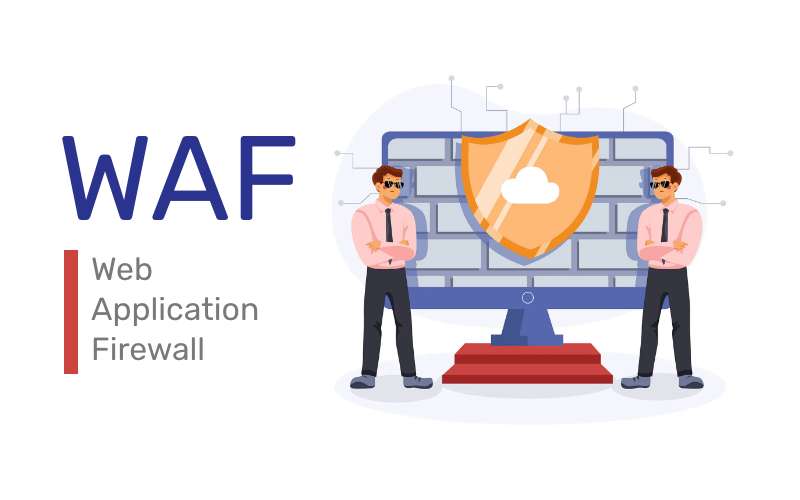A web application firewall (WAF) is an essential security tool for any business with an online presence. WAFs protect websites, web applications, and APIs from malicious attacks such as cross-site scripting (XSS) and SQL injection. In this article, we’ll discuss the top 5 things you need to know about web application firewalls.
1. What is a Web Application Firewall?
A web application firewall is a security solution that filters and monitors traffic to and from web applications. It is designed to protect web applications from malicious attacks such as cross-site scripting (XSS), SQL injection, and other cyber threats. WAFs are typically deployed as part of a web application’s infrastructure and can be either physical or virtual.
2. How Does a Web Application Firewall Work?
A web application firewall works by monitoring and filtering all incoming and outgoing traffic to and from a web application. It inspects each request and response and can block malicious requests or responses before they reach the web application. WAFs can also detect and block malicious activity such as SQL injection and cross-site scripting (XSS).
3. What Types of Attacks Does a Web Application Firewall Protect Against?
A web application firewall can protect against a wide range of malicious attacks, including cross-site scripting (XSS), SQL injection, directory traversal, and more. Additionally, WAFs can detect and block malicious activity such as brute force attacks, malicious bots, and other cyber threats.
4. What Features to Look for in a Web Application Firewall?
When selecting a web application firewall, there are several features to consider. Look for a WAF that offers real-time monitoring and protection, as well as a comprehensive set of security features such as DDoS protection, URL filtering, and rate limiting. Additionally, ensure that the WAF is easy to configure and manage, and can be customized to meet your organization’s specific needs.
5. How to Configure a Web Application Firewall?
Configuring a web application firewall is a complex process. It requires a deep understanding of the web application, its architecture, and the security requirements. Additionally, the WAF must be configured to fit the organization’s specific needs. It is best to consult an expert when configuring a WAF to ensure that it is properly configured and secure.
Conclusion
A web application firewall is an essential security tool for any business with an online presence. WAFs protect websites, web applications, and APIs from malicious attacks such as cross-site scripting (XSS) and SQL injection. When selecting a WAF, look for features such as real-time monitoring and protection, URL filtering, and rate limiting. Additionally, ensure that the WAF is properly configured and secure.
















